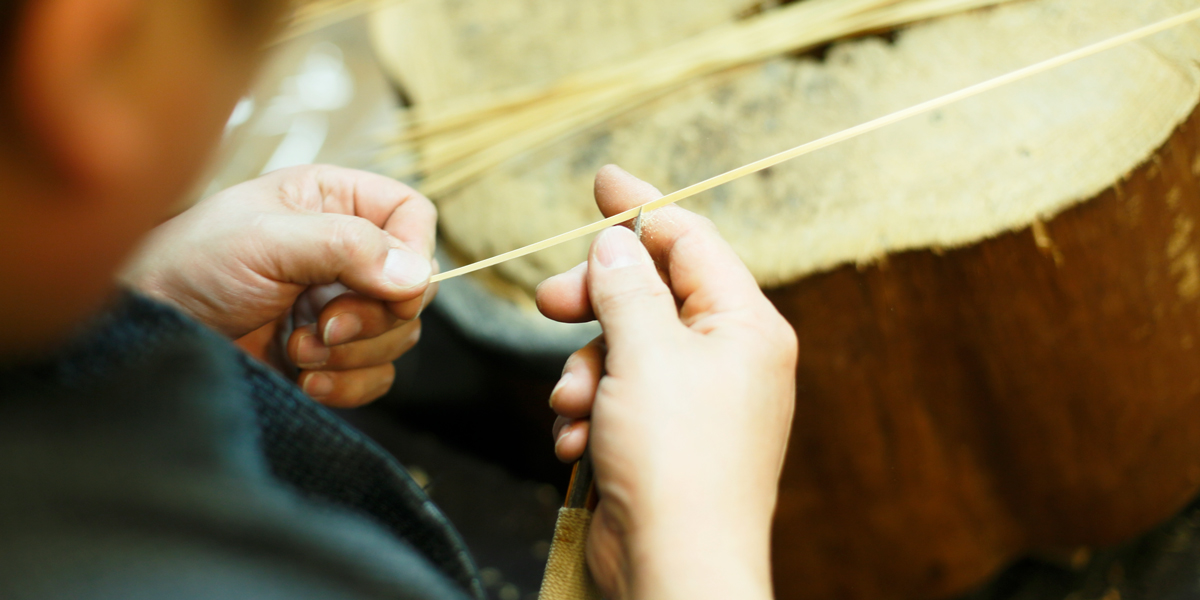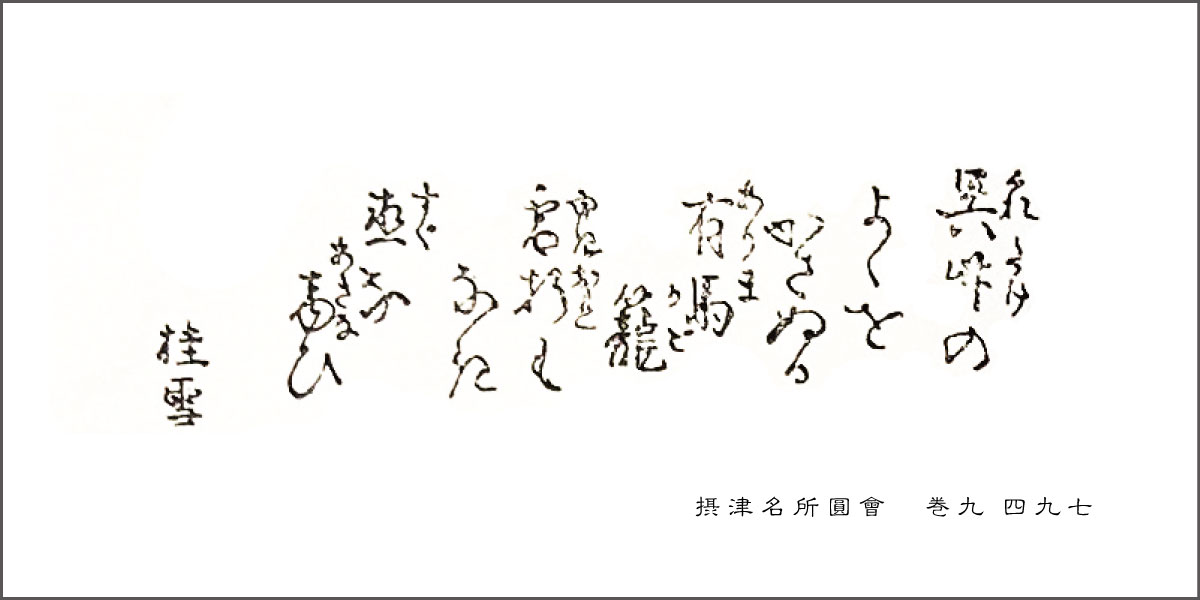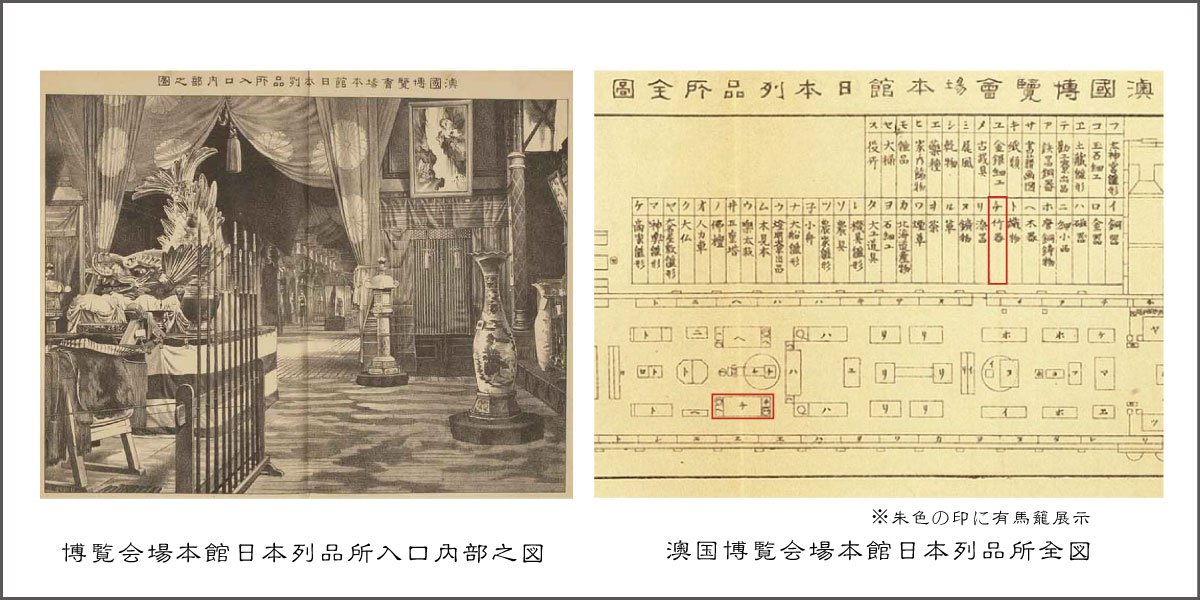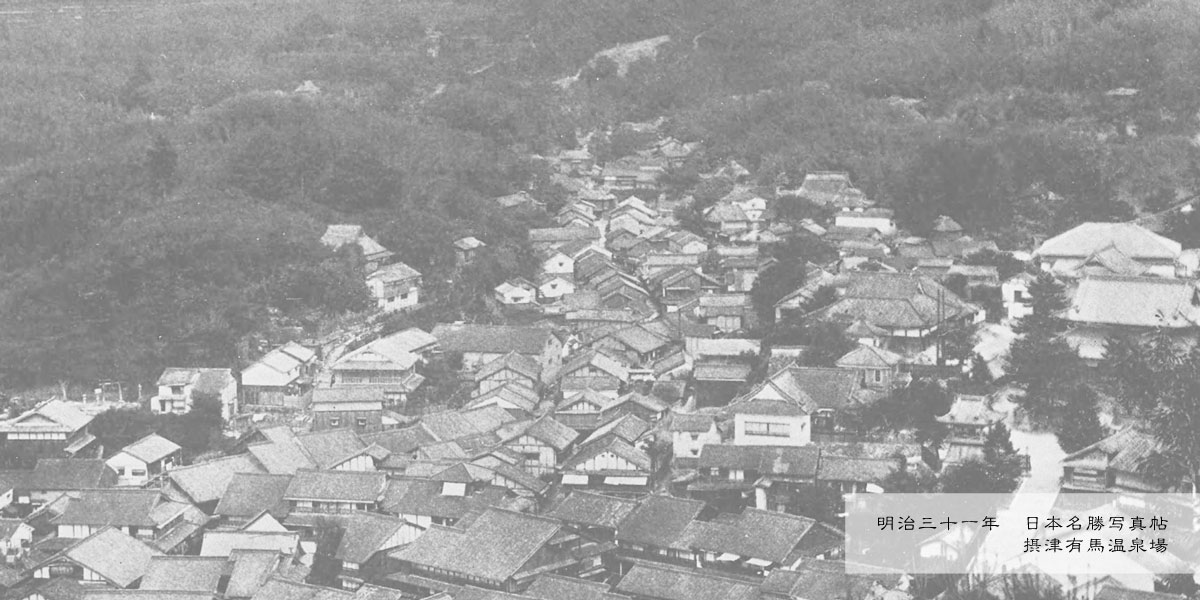
INFORMATION
For those traveling to Arima Onsen in Japan.
Please note that there are also holidays.
→ Check closed days(Go to Japanese site)
ABOUT ARIMAKAGO
Having come to prominence at Arima Onsen, a hot spring with deep connections to the likes of the feudal lord Hideyoshi
Toyotomi and the tea master Sen no Rikyu, Arimakago items have been favored primarily as vases for the tea ceremony.

In the golden age that was the Meiji period (1868-1912), the company also produced daily goods such as bamboo colanders and
handbaskets.
Amid the retirement of many of its employees, that this workshop remains to this day as the sole manufacturer of Arimakago is
thanks to tea masters’ endorsement of these pieces’ style and feel as vases.

HISTORY
Arimakago’s history is extremely long, and its origins are said to be in the Azuchi-Momoyama period (1558-1600).

In the diary of Kennyo Shonin, which is in the possession of the Higashi Honganji temple in Kyoto, it is written that: “Kennyo Shonin,
who bathed at Arima on September 13th, 1585, gave ‘Arimakago’ to Kita no Mandokoro (Nene), wife of Lord Hideyoshi Toyotomi.”
It has been said that at that time, Arimakago became a souvenir for hot spring visitors.

After that, in the Edo period (1603-1868), Arimakago was profiled in various books as a well-known local specialty product.
Arimakago was exhibited at the world’s fair held in Vienna in 1873, where it won an award of excellence.
From that point, Arimakago developed as an industry, if gradually.
During the company’s heyday in the Taisho period (1912-1926), it had over 70 employees, and was large enough to found a town called Kagoyamachi (meaning “Basket Maker’s Town”).
At that time, Arimakago basket makers moved to Beppu in Kyushu, which was then experiencing a bamboo ware boom, and they are said to have imparted the techniques and skills of bamboo working.

However, around 1945, the appearance on the market of cheap, mass-produced plastic products, the significant decrease in available workers due to World War II, the lack of successors amid economic growth, and other factors led to a gradual decline.
Today, led by fourth-generation proprietor Shochikusai Kutsuwa, the artisans at this workshop alone carry on the traditional techniques for producing Arimakago.
TRADITIONAL CRAFTS

Arimakago was designated as a traditional handicraft by the governor of Hyogo Prefecture in 1991.
Like the national (Minister of Economy, Trade, and Industry) traditional handicraft designation, this points to Arimakago’s status as a cultured handicraft that has been cultivated over a long history and amid its regional topography,
and continues to be favored within the daily life of the people.
Traditional handicrafts are not items that have a historical background alone.
Traditional handicrafts are items that have been fostered over a long history within the way of life of the place where they were created, and have been passed down to the present.
SHIPPING OVERSEAS
For the customers outside of Japan.
We accept orders from overseas.
Please visit the link below and enjoy your shopping!
